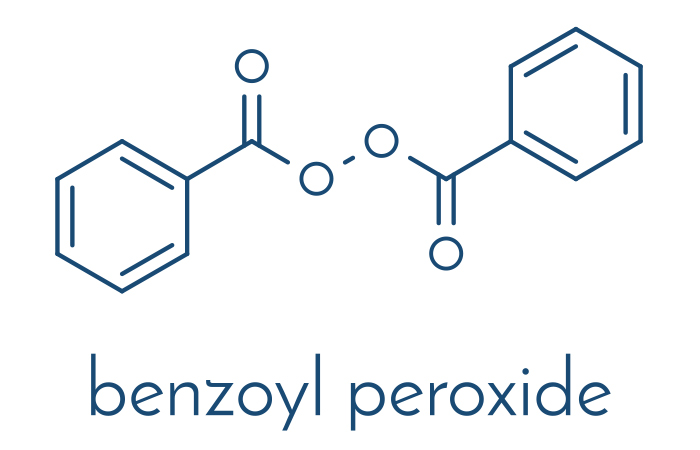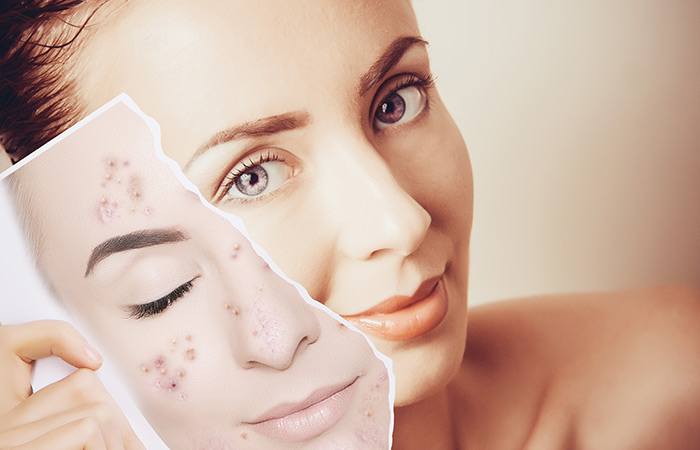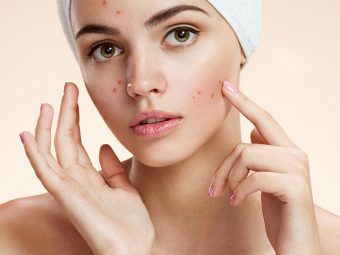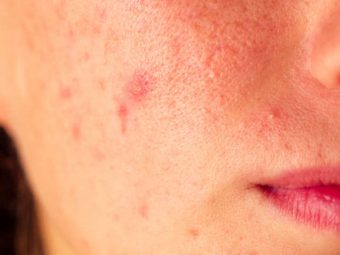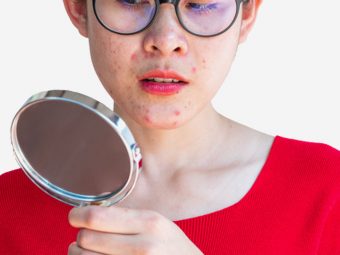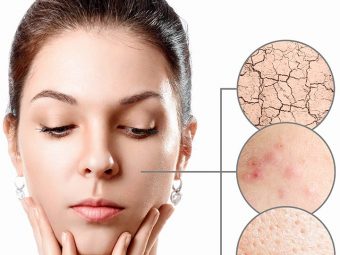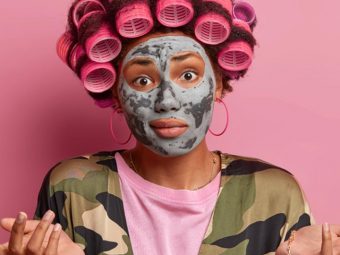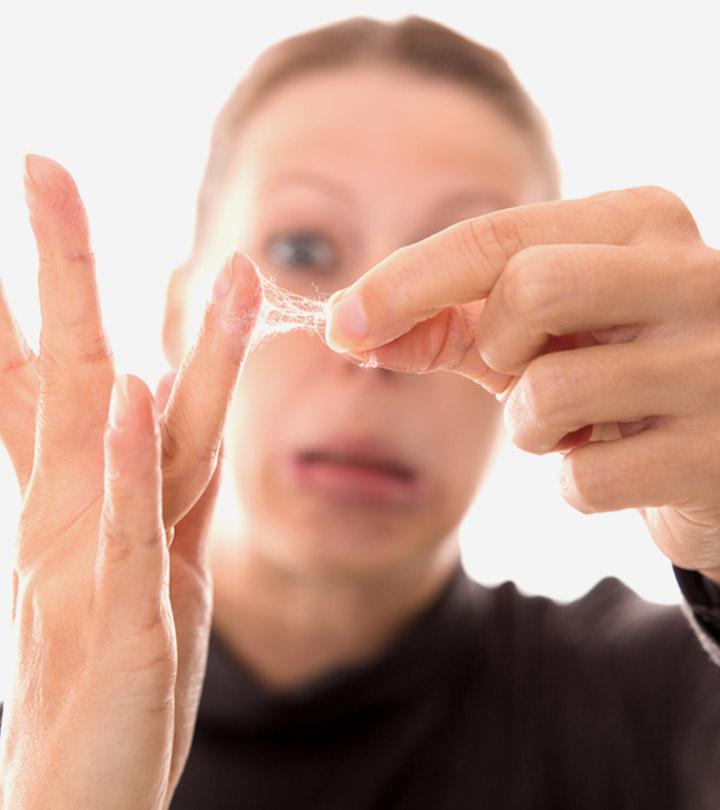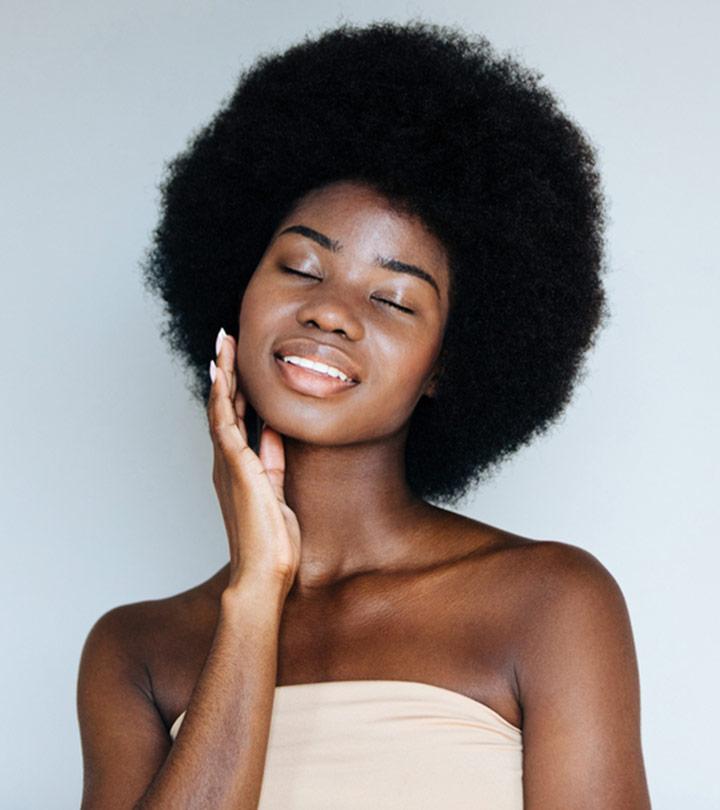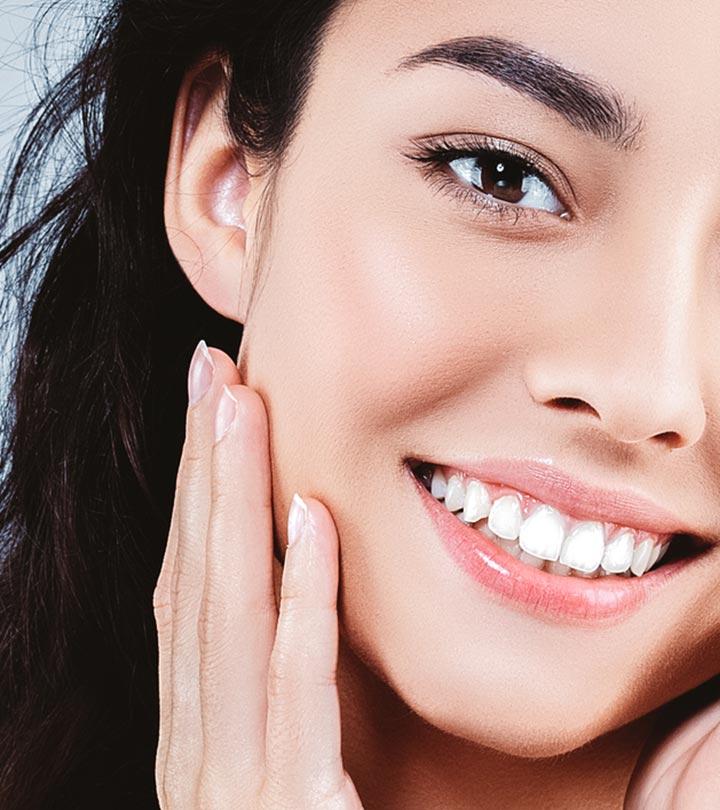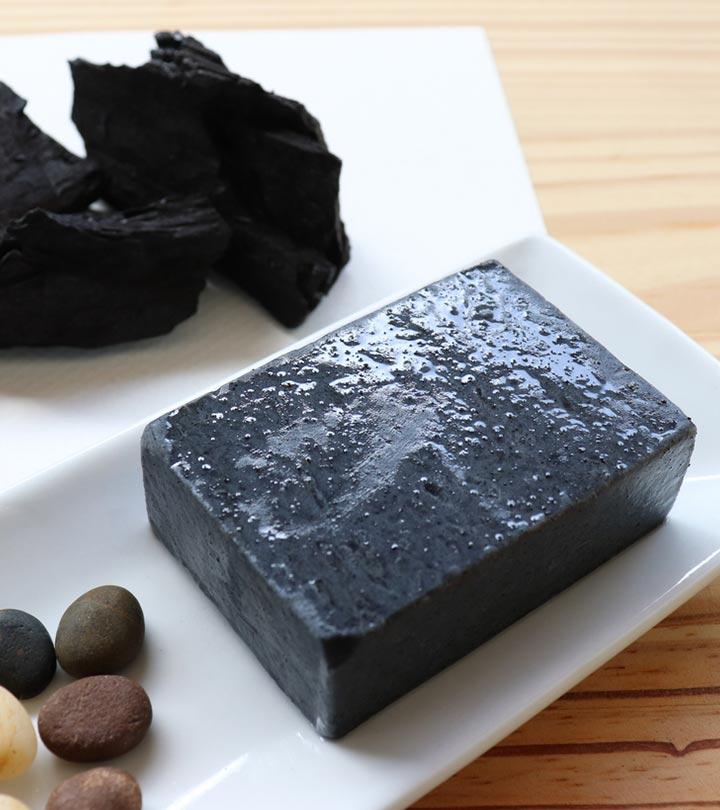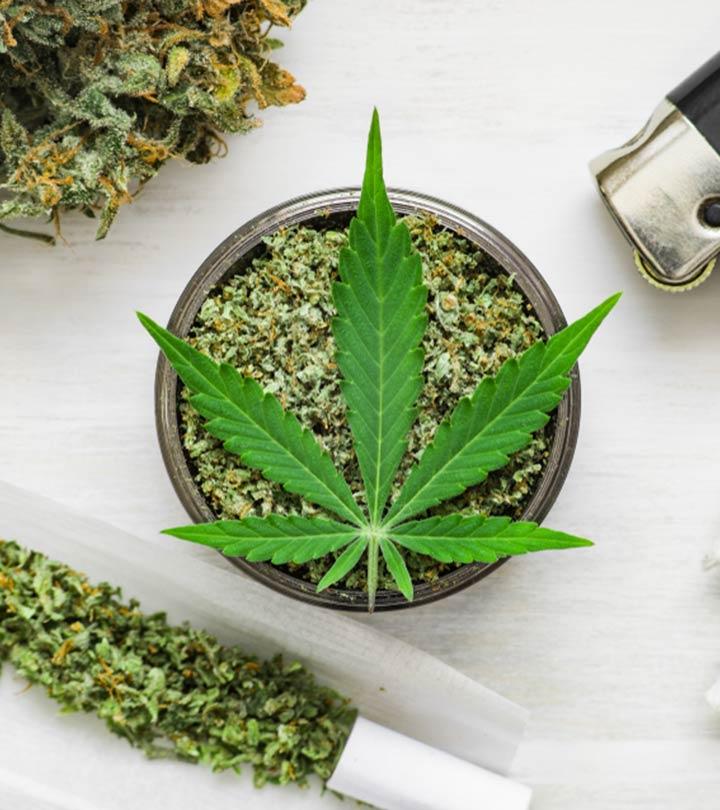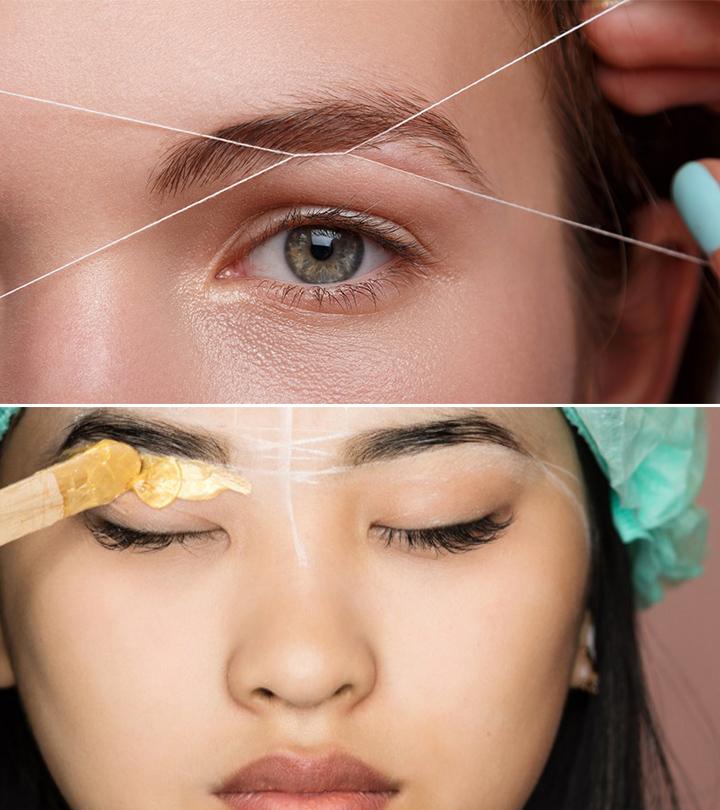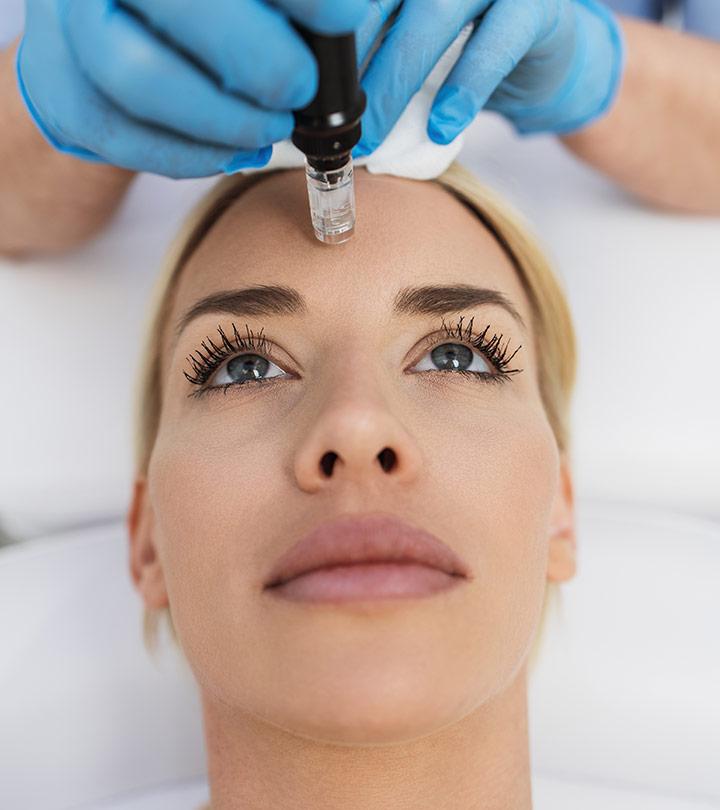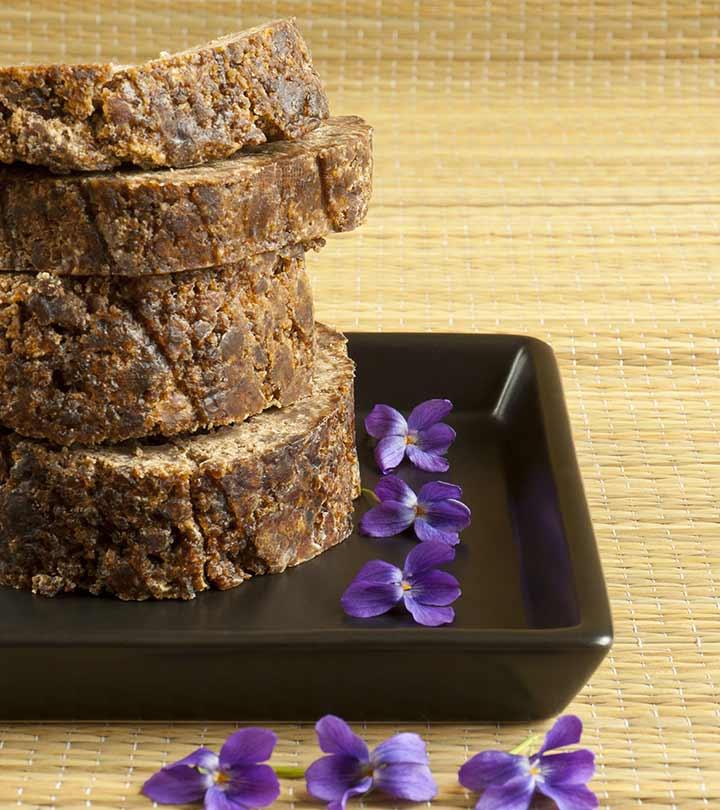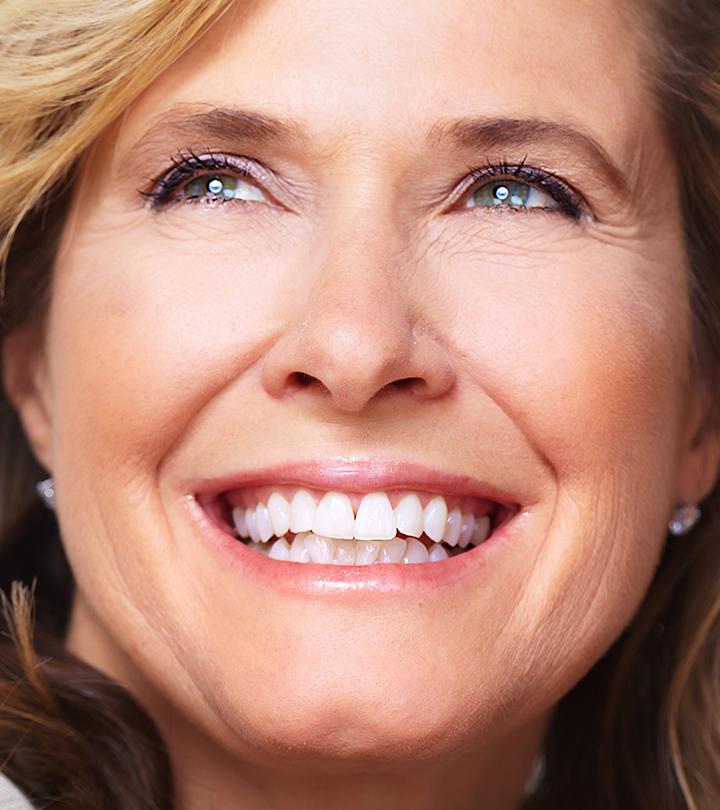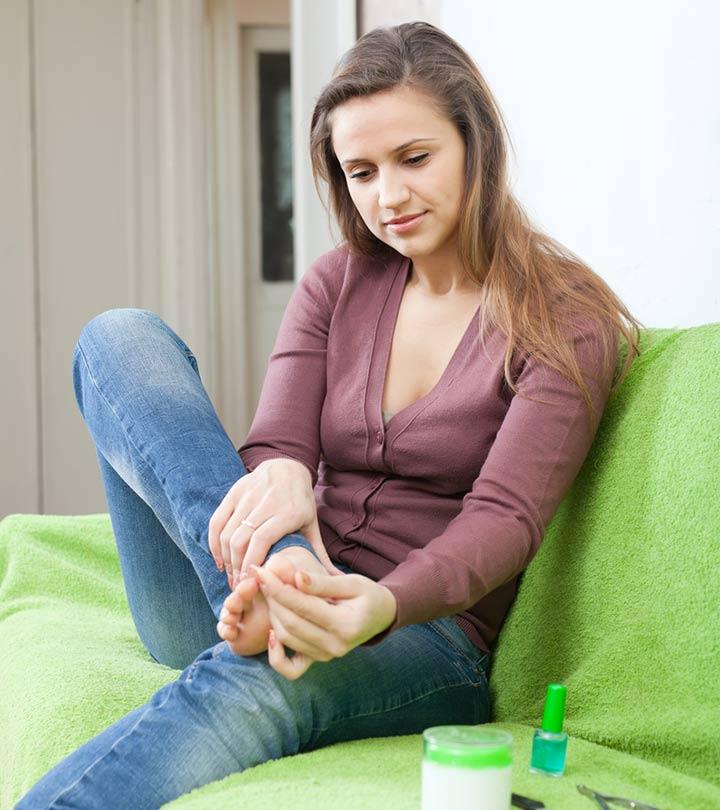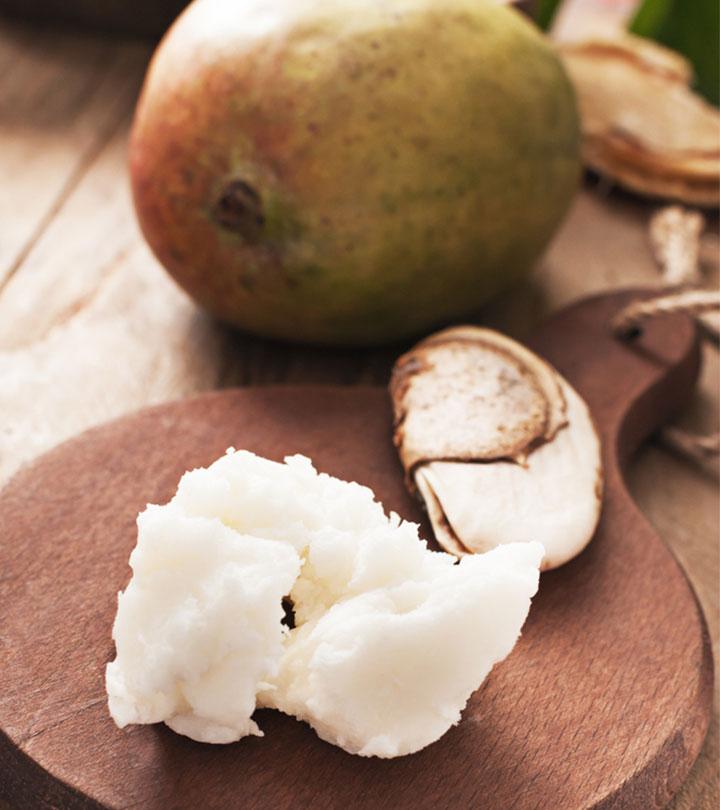Salicylic Acid Vs. Benzoyl Peroxide: What’s Best For Acne?
Discover the best acne-prone skin care options for you and achieve flawless, clear skin.
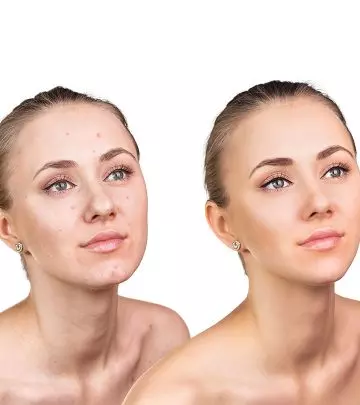
Image: Shutterstock
Benzoyl peroxide and salicylic acid are considered powerhouse ingredients that help treat acne. Even though both are equally effective in reducing inflammation, they have different mechanisms. As a result, you cannot interchangeably use benzoyl peroxide and salicylic acid to treat acne. So, what exactly is the difference between the two ingredients? How do they work? Let’s find out more about them in this article. Read on.
In This Article
Benzoyl Peroxide
What Is Benzoyl Peroxide?
Benzoyl peroxide is an effective non-prescription drug that is extensively used for topical application because of its antibacterial and antimicrobial properties (1). It has anti-inflammatory, keratolytic, and comedolytic properties that help treat mild to moderate acne vulgaris (1). Benzoyl peroxide is used in creams, lotions, and gels in 2.5% – 10% dosages. The prescribed dosage varies depending on the severity of acne that needs to be treated.
What Are The Benefits Of Benzoyl Peroxide And How Does It Help Treat Acne?
1. Controls Oil Production
Benzoyl peroxide is known to decrease excess sebum production, which is a major cause of acne. Overactive oil glands trigger acne by clogging your pores. Benzoyl peroxide absorbs this excess oil and dries it out.
2. Antibacterial And Anti-inflammatory
The bacteria under the topmost layer of your skin can trigger the spread of acne and lead to other issues like pus, swelling, and bleeding. Topical application of benzoyl peroxide kills these bacteria to treat acne. The oxidizing properties of benzoyl peroxide help eliminate anaerobic bacteria effectively. This ingredient also reduces inflammation and redness and dries out pimples.
How To Use Benzoyl Peroxide
Note: Don’t ever apply benzoyl peroxide directly to your skin. Use it indirectly through products that contain this ingredient.
Using BP in conjunction with clindamycin or erythromycin can decrease acne significantly (2).
The Lancet’s Global Health Metrics report presented striking data regarding acne vulgaris. In 2019, it accounted for 4.96 million Disability-Adjusted Life Years (DALYs) globally, with 3.52 million DALYs occurring among individuals aged 15-49. The report integrated new data from Poland (2015-2017) and USA claims data (2015-2016) into its model, emphasizing the substantial burden of acne on the affected population. These individuals may benefit greatly from using benzoyl peroxide.
- Remove all your makeup before you cleanse your face with a benzoyl peroxide-based cleanser.
- Cleanse and tone your skin before applying any serum, gel, or lotion to it that contains benzoyl peroxide.
- Start with the minimum concentration of 2.5% benzoyl peroxide before working your way up to 10%.
- Consult a dermatologist before using products with a higher potency.
- Avoid using it around the eyes, nose, or mouth.
- Always do a patch test to check if it can cause any irritation or breakouts.
Side Effects Of Benzoyl Peroxide
- Benzoyl peroxide is a bleaching agent and can dry out your skin excessively.
- It can cause peeling, redness, and flakiness. Therefore, you need to start with a small dosage to see how your skin reacts.
- Using BP excessively can cause wrinkles and fine lines because it robs your skin of moisture.
- Benzoyl peroxide can cause increased sensitivity to the sun, so it needs to be followed up with a good sunscreen.
 Pro Tip
Pro TipNow that you know everything you need to know about benzoyl peroxide, let’s check out what effect salicylic acid can have on acne.
Salicylic Acid
What Is Salicylic Acid?
Dermatologists have been recommending salicylic acid for acne for decades, and it has now become a big part of the skin care industry. Salicylic acid is known to treat acne at the root by scraping off dead skin cells without drying your skin out. It is a natural exfoliant (3). It also promotes comedolytic activity. Most acne treatments contain salicylic acid, and it is usually combined with other ingredients to improve its efficacy (4). Products use anywhere between 0.5- 5% concentration of salicylic acid. Higher concentrations can only be prescribed by a dermatologist.
 Trivia
TriviaWhat Are The Benefits Of Salicylic Acid?
1. Clears Clogged Pores
Salicylic acid is a BHA (beta hydroxy acid) that permeates your skin easily and breaks down the fatty acids in the excess sebum that your skin secretes (5). By doing this, it unclogs your pores, thereby controlling acne.
Salsa, a blogger, shared her experience about using salicylic acid as a spot treatment on her oily skin in her blog. She said, “I have this big, aching, and ‘mad’ soon to be acne last night, and I ran out of acne patch so I’m using BHA as a spot treatment, I leave it overnight and the soon-to-be acne is no longer as red and as painful as yesterday. It doesn’t make the acne disappear, but it calms down the acne (i).”
2. Keratolytic Agent
Salicylic acid is a keratolytic agent (5). This means that it helps soften a protein called keratin that is a big component of our skin. It permeates and softens the skin that has hardened around clogged pores.
3. Increased Cell Turnover
Salicylic acid helps open up your pores and regenerate new skin cells. It also boosts collagen production, thereby improving the overall texture of your skin.
4. Improves Blood Circulation
Salicylic acid improves blood circulation, which, in turn, helps clear the oil built up in acne-prone areas. It also prevents the accumulation of sebum. Increased blood circulation also leaves you with brighter and clearer skin.
How To Use Salicylic Acid
- Salicylic acid is found in a range of products – cleansers, serums, gels, lotions, scrubs, and moisturizers.
- Use a salicylic acid-based gel or serum twice a day. Remove your makeup and cleanse your face thoroughly before applying it.
- Always follow up a salicylic acid serum with a moisturizer as it can dry out skin that is already dry.
- Check to see if the concentration of salicylic acid is at least 0.5 to 2%.
- If you have sensitive skin, consult a dermatologist before you start using salicylic acid.
- Do a patch test to see how your skin reacts to salicylic acid.
Side Effects Of Salicylic Acid
- It might dry skin that is already dry.
- It takes a few weeks to show results.
- It might cause skin discoloration if used for an extended period.
Now that you know everything about benzoyl peroxide and salicylic acid, and how they help treat acne, you must be wondering which one is better. Read the next section to find out!
Benzoyl Peroxide Vs. Salicylic Acid: Which One Is Better For Acne Treatment?
We hope this article has helped settle the salicylic acid vs. benzoyl peroxide debate. Both the ingredients are used as potent treatments for acne, and both work in different ways. However, if we have to pick a clear winner, we would keep salicylic acid ahead of benzoyl peroxide. Salicylic acid is comparatively gentle on the skin, decongests the pores, regulates sebum production, and removes dead skin cells. On the other hand, benzoyl peroxide kills the acne-causing bacteria, thus, treating the acne. However, it can be harsh on your skin, and excessive use of benzoyl peroxide may cause other skin issues.
Therefore, before you pick any of the two, do thorough research. Consult a doctor to determine which topical ingredient in what concentration may help your condition. Since acne also needs to be treated internally, the doctor may suggest oral medications or other topical ingredients like retinoids to treat your condition.
Frequently Asked Questions
Is it safe to use both benzoyl peroxide and salicylic acid at the same time?
Benzoyl peroxide and salicylic acid do different things. Therefore, many spot treatment creams combine them to combat all the issues caused by acne. However, benzoyl peroxide can cause dryness, redness, and peeling. It’s best to use them separately by alternating between night and day creams.
Watch the following video that compares salicylic acid and benzoyl peroxide. The video shares a detailed analysis of the benefits of each ingredient and which one is better for acne treatment.
Personal Experience: Source
StyleCraze's articles are interwoven with authentic personal narratives that provide depth and resonance to our content. Below are the sources of the personal accounts referenced in this article.
(i). How Chemical Exfoliator (AHA/BHA) Change My Skinhttps://thebareskinhacks.wordpress.com/2017/11/13/how-chemical-exfoliator-aha-bha-change-my-skin/
References
Articles on StyleCraze are backed by verified information from peer-reviewed and academic research papers, reputed organizations, research institutions, and medical associations to ensure accuracy and relevance. Read our editorial policy to learn more.
- “Acne Vulgaris Treatment…” Indian Journal Of Dermatology, US National Library Of Medicine.
- “Acne Vulgaris: Diagnosis And Treatment” Clinical Guidance, Federal Bureau of Prisons.
- “Over-the-counter Acne Treatments” The Journal Of Clinical And Aesthetic Dermatology, US National Library Of Medicine.
- “Efficacy And Tolerance Of A Derivative Of Salicylic Acid…” Clinical Trials, US National Library of Medicine.
- “Salicylic Acid As A Peeling… “ Clinical, Cosmetic, And Investigation Dermatology, US National Library Of Medicine.





